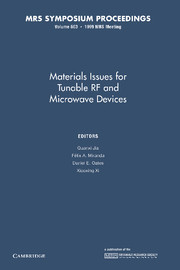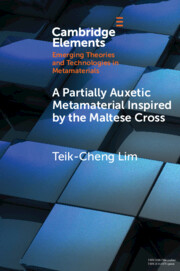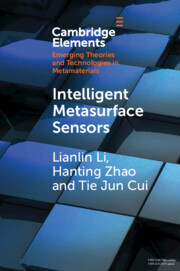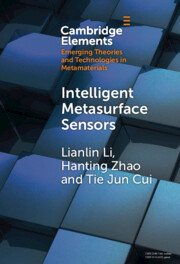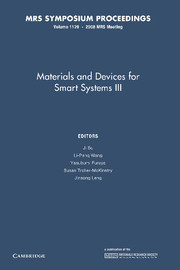Materials Issues for Tunable RF and Microwave Devices
Electric or magnetic tunability of RF and microwave devices is desirable for a variety of civilian and military applications. Tremendous advances have been made in thin-film processing, in particular with metal-oxide thin films. Consequently, it has been recognized that the integration of nonlinear dielectric, ferrite, colossal magnetoresistive (CMR) ferromagnetic, and superconductor materials could revolutionize tunable devices by providing capabilities while significantly reducing size and cost. Crucial issues facing this technology concern the material properties, in particular, the loss in thin films of the tunable materials. Extensive efforts are being devoted to understand the tuning and loss mechanisms, improve thin-film processing and characterization, develop new materials, and design novel device concepts. This book, first published in 2000, serves as a reference for researchers and contributes to breakthroughs in basic and applied research in this field. Topics include: frequency-agile materials for electronics; electric-field tuning; magnetic-field tuning; high-frequency applications for ferroelectrics; ferroelectrics; magnetics and others; fundamentals and materials characterization.
Product details
June 2014August 2000
Paperback
9781107413238
316 pages
229 × 152 × 17 mm
0.43kg
Available

